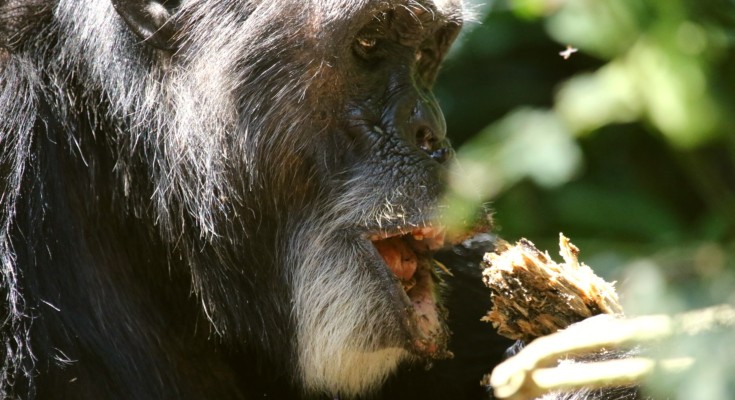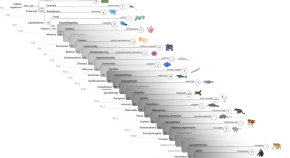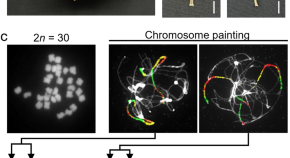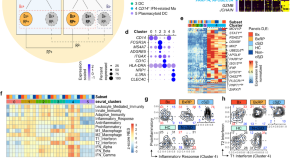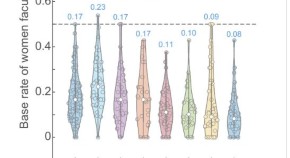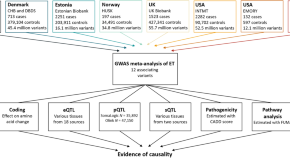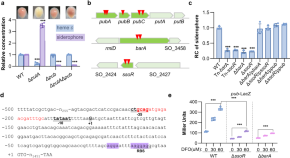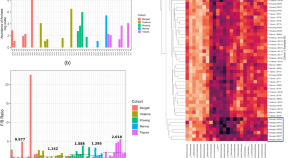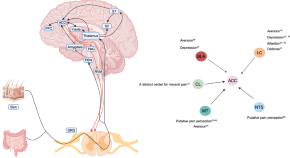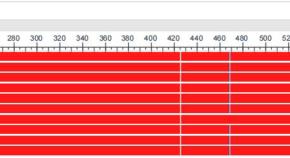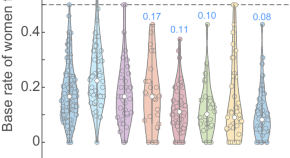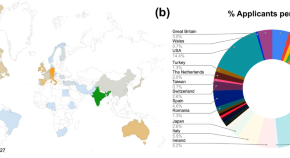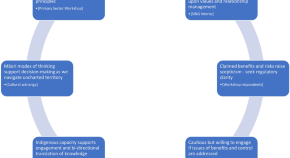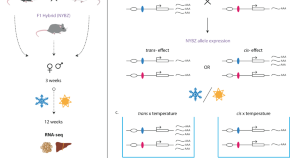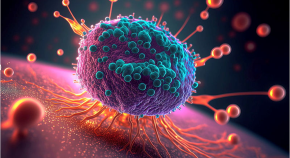Featured
Announcements
-

New Call for Papers
Open for submissions -
-
-
Advertisement
-
-

Between hope and reality: treatment of genetic diseases through nucleic acid-based drugs
Nucleic acids-based drugs aim to fix the genetic problem at its source and emerge as a promising new class of drugs. Recent advances in this field enabled their approval for the treatment of orphan genetic diseases for which no cure was available.
-
-

In vitro models of human development
This cross-journal collection curated by Editors of Nature Communications, Communications Biology and Scientific Reports is dedicated to primary research that showcases the use of in vitro models to widen our understanding about formation of the human body.
Trending - Altmetric
-
Triplicate parallel life cycle divergence despite gene flow in periodical cicadas
-
Highly pathogenic avian influenza A(H5N1) virus in a common bottlenose dolphin (Tursiops truncatus) in Florida
-
Selective deforestation and exposure of African wildlife to bat-borne viruses
-
Lipid nanoparticles (LNP) induce activation and maturation of antigen presenting cells in young and aged individuals

